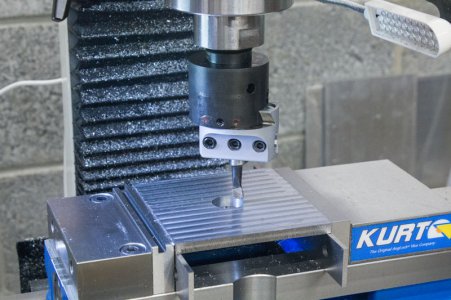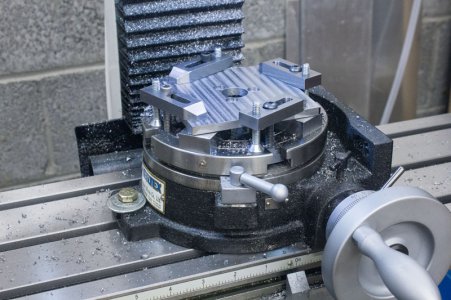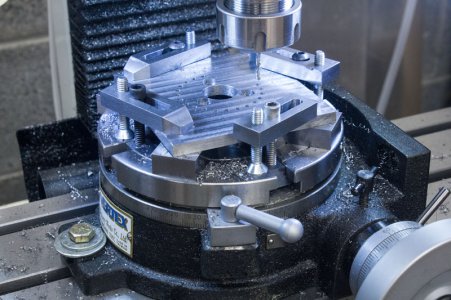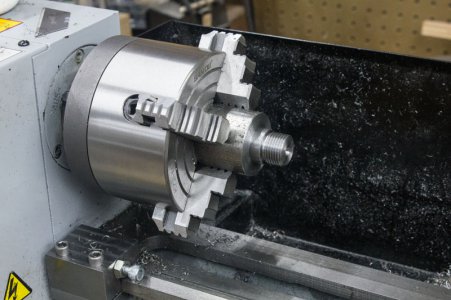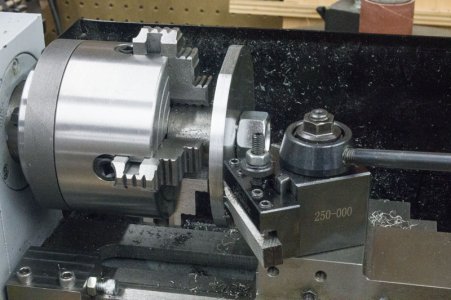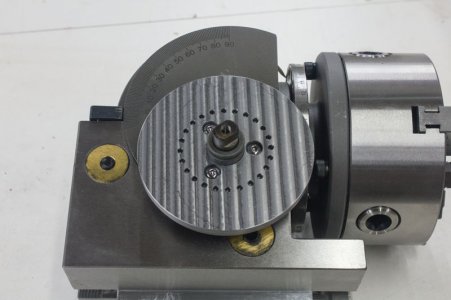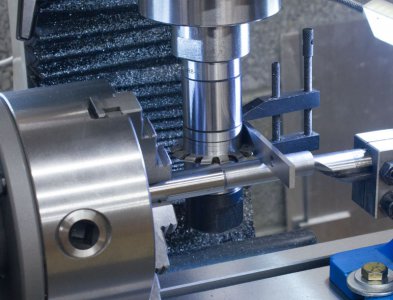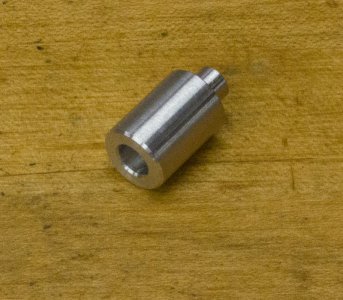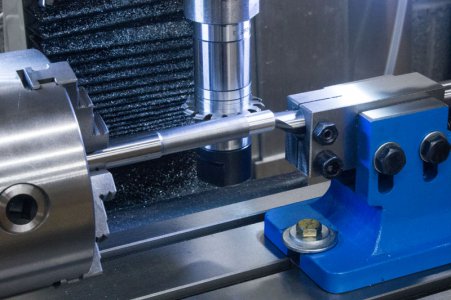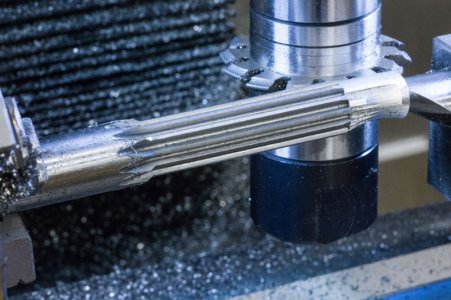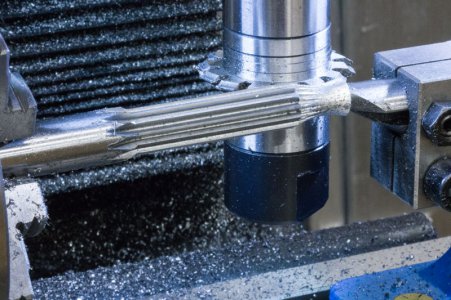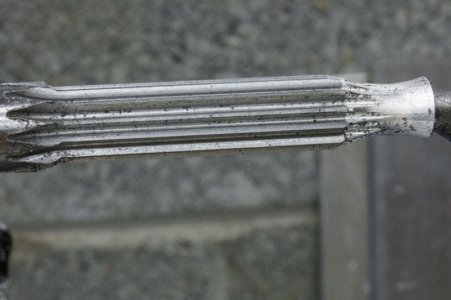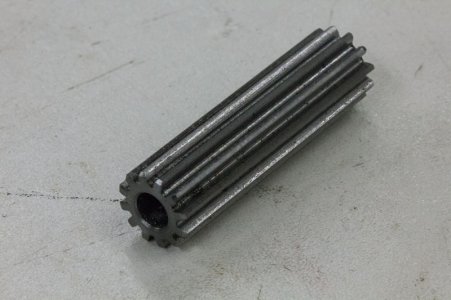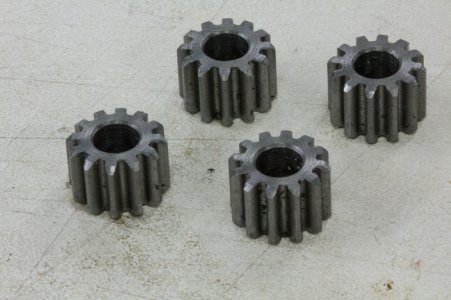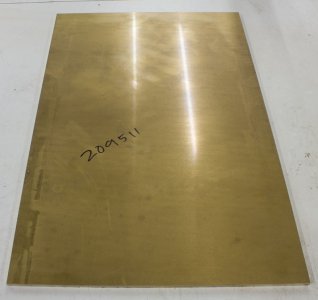Changing the weight may effect the rate of the clock.
More weight applies more power to the pendulum which can cause it to swing a greater distance.
With Atmos it seems backwards, a sticky mainspring reduces the power available resulting in a smaller arc of rotation, less than 360 degrees.
But the clock runs SLOWER,.
Clean the mainspring and get everything else right and the disk rotates more, as much as 540 degrees, but now runs faster.
Sent from my SM-G781V using Tapatalk
An Atmos, like any 400-day clock, adjusts the period in the gross sense by the spread of the weights. The polar moment of inertia is what dictates the period, against a suspension spring of a given stiffness. This is similar to a balance-wheel escapement that spins a balance against a hairspring like any wristwatch. (An Atmos is regulated in the fine sense by slightly adjusting the length and therefore the stiffness of the suspension spring. Again, wristwatches work similarly.)
But this is a conventional pendulum clock. The density of the bob does change the effective length, but that’s the only reason it affects the period. With a pendulum clock, gravity provides the resistance to the pendulum swing, and does the work of suspension and hair springs with clocks that have horizontally spinning weights like the Atmos or 400-day clocks.
But gravity only applies vertically, so the effective length changes as the pendulum departs vertical.
A heavier weight takes more power, it doesn’t give more power. The impulse from the exit pallet has to be enough to sustain enough amplitude to release the pallets indefinitely. Otherwise the clock will stop. That takes a heavier weight on a weight-driven clock like this one, or a lighter pendulum. Generally, the slower the beat and the heavier the pendulum, the heavier the weight must be.
Most tall case clock movements usually use a hollow pendulum bob, but even so the meterish-long length required for the one-second beat takes a lot of power to sustain. The weights are heavy—15-20 pounds. A 6” bob may swing through a 10” arc outside-to-outside—fairly large. Lots of furniture-grade grandfather clocks have very large and showy pendulums, but they are relatively light. They have lots of circular error because the effective length of such a large contraption changes more as it departs from vertical than a compact, heavy pendulum.
Fill that bob with lead and the amplitude reduces to something much smaller. My Gilbert jeweler’s regulator wall clock (actually a timepiece—no striking) with the dead-beat escapement has a stick maybe two feet long and a 4” bob, but it is lead-filled. The beat is 2/3-second, and the swing is about 6” outside to outside. The weight is only about five pounds, but that’s because the deadbeat tooth shape produces a strong impulse. That clock can maintain an accuracy of a few seconds per week if freshly regulated and kept in a consistent environment.
Pendulums are complex, but that’s why they are adjustable. And the adjustment is in the length only.
Rick “recently cut a custom pendulum for a century-old tall case clock movement” Denney



